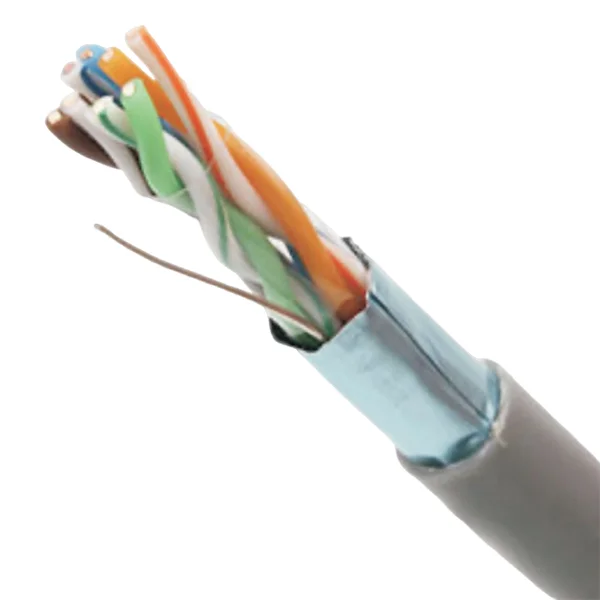Decoding the Mystery: How to Identify the Neutral Wire in Electrical Circuits
3 min read
In the realm of electrical wiring, identifying the neutral wire is a crucial task that demands precision and knowledge. The neutral wire, often referred to as the grounded conductor, plays a pivotal role in ensuring the safety and functionality of electrical systems. Understanding how to distinguish the neutral wire from other wires within a circuit is essential for both professionals and DIY enthusiasts. In this article, we will delve into the intricacies of identifying the neutral wire, exploring various methods and considerations to ensure accurate and reliable results.
- Understanding the Basics of Electrical Wiring
Before delving into the identification of the neutral wire, it is imperative to grasp the fundamental principles of electrical wiring. In a typical AC electrical system, there are three primary wires: the hot wire, the neutral wire, and the ground wire. The hot wire carries the current from the source to the load, while the neutral wire provides the return path for the current. The ground wire, on the other hand, serves as a safety measure, directing any stray current to the earth in the event of a fault. - Color Coding and Conventions
In many regions, electrical codes mandate specific color coding for wires to facilitate easy identification. While the hot wire is commonly designated with black or red insulation, the neutral wire is typically identified by white or gray insulation. However, it is important to note that color coding conventions may vary based on geographical location and local regulations. Therefore, it is essential to consult the relevant electrical codes and standards applicable to your area. - Utilizing Testing Instruments
When visual identification based on color coding is not feasible, testing instruments such as a multimeter or a voltage tester can be employed to discern the neutral wire. By carefully measuring the voltage between the wires and referencing the electrical potential, one can accurately pinpoint the neutral wire within a circuit. It is crucial to exercise caution and adhere to safety protocols when utilizing testing instruments to avoid electrical hazards. - Consulting Wiring Diagrams and Documentation
For complex electrical systems or scenarios where visual inspection is inconclusive, referring to wiring diagrams and documentation can provide valuable insights into the configuration of the circuit. These resources often delineate the wiring layout, including the identification of the neutral wire, offering a comprehensive understanding of the electrical infrastructure. - Seeking Professional Guidance
In instances where uncertainty persists or when dealing with intricate electrical setups, seeking the expertise of a qualified electrician is highly advisable. Professional electricians possess the knowledge and experience to accurately identify the neutral wire and navigate complex wiring configurations with precision and proficiency.
In conclusion, the ability to discern the neutral wire within electrical circuits is a fundamental skill that underpins the safe and effective operation of electrical systems. Whether through color coding, testing instruments, reference to documentation, or professional consultation, the process of identifying the neutral wire demands meticulous attention to detail and adherence to established electrical standards. By mastering the techniques outlined in this article, individuals can confidently navigate the intricacies of electrical wiring, ensuring the integrity and safety of their electrical installations.

